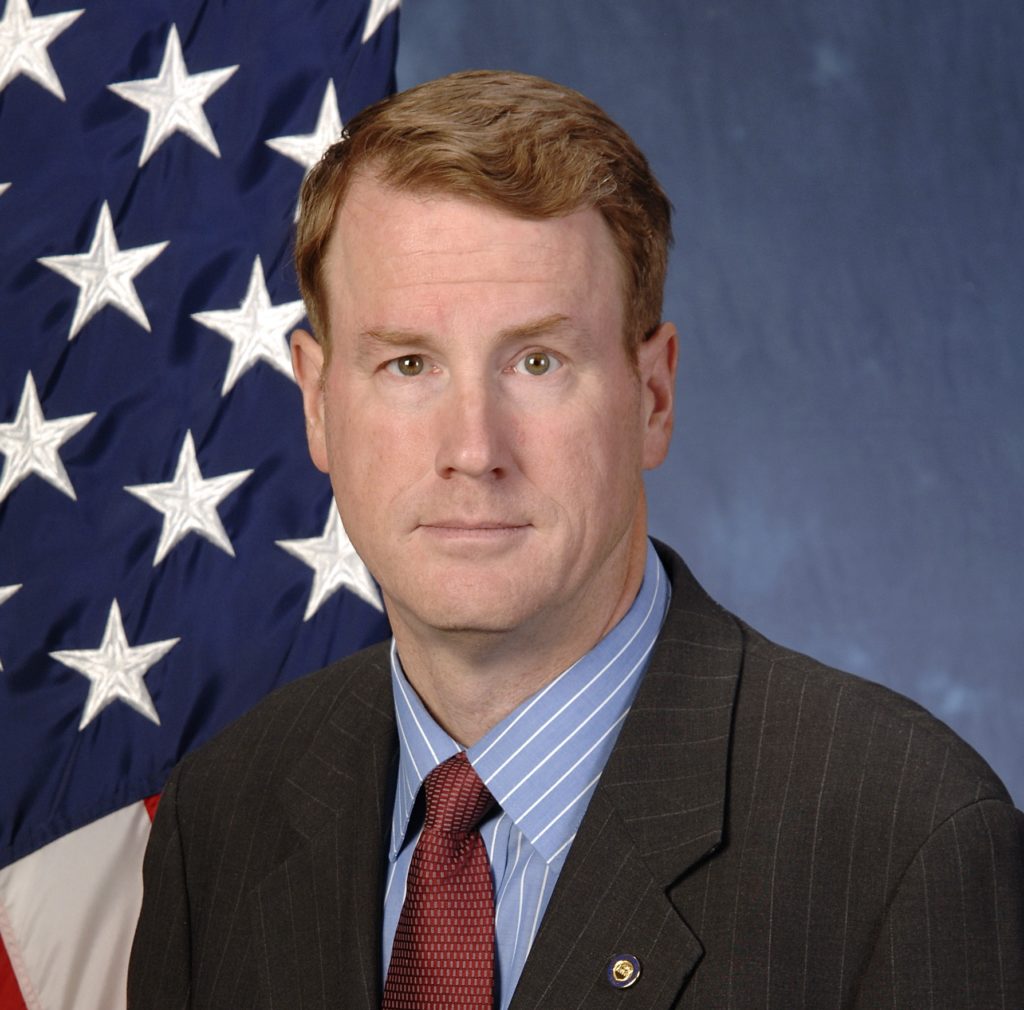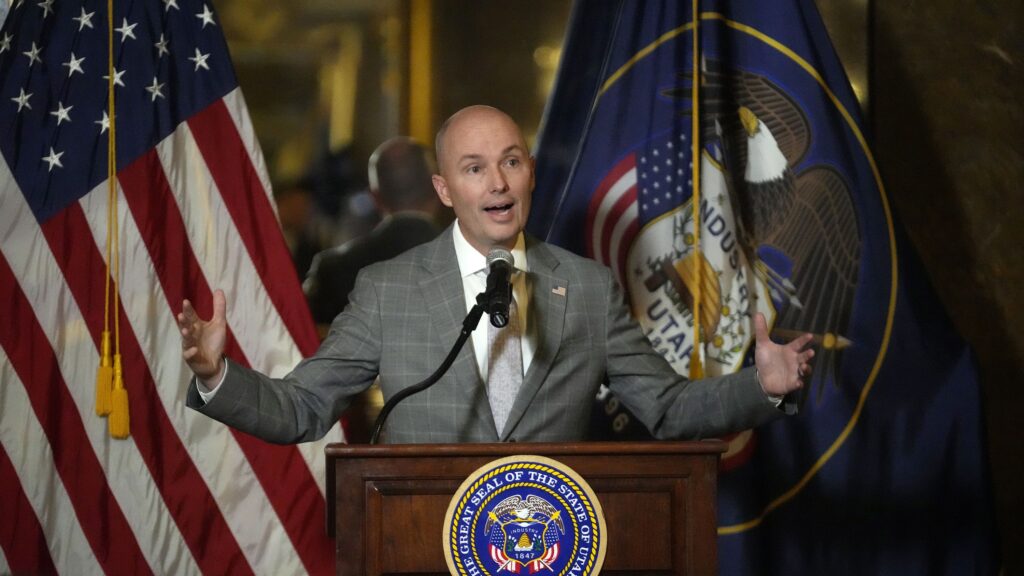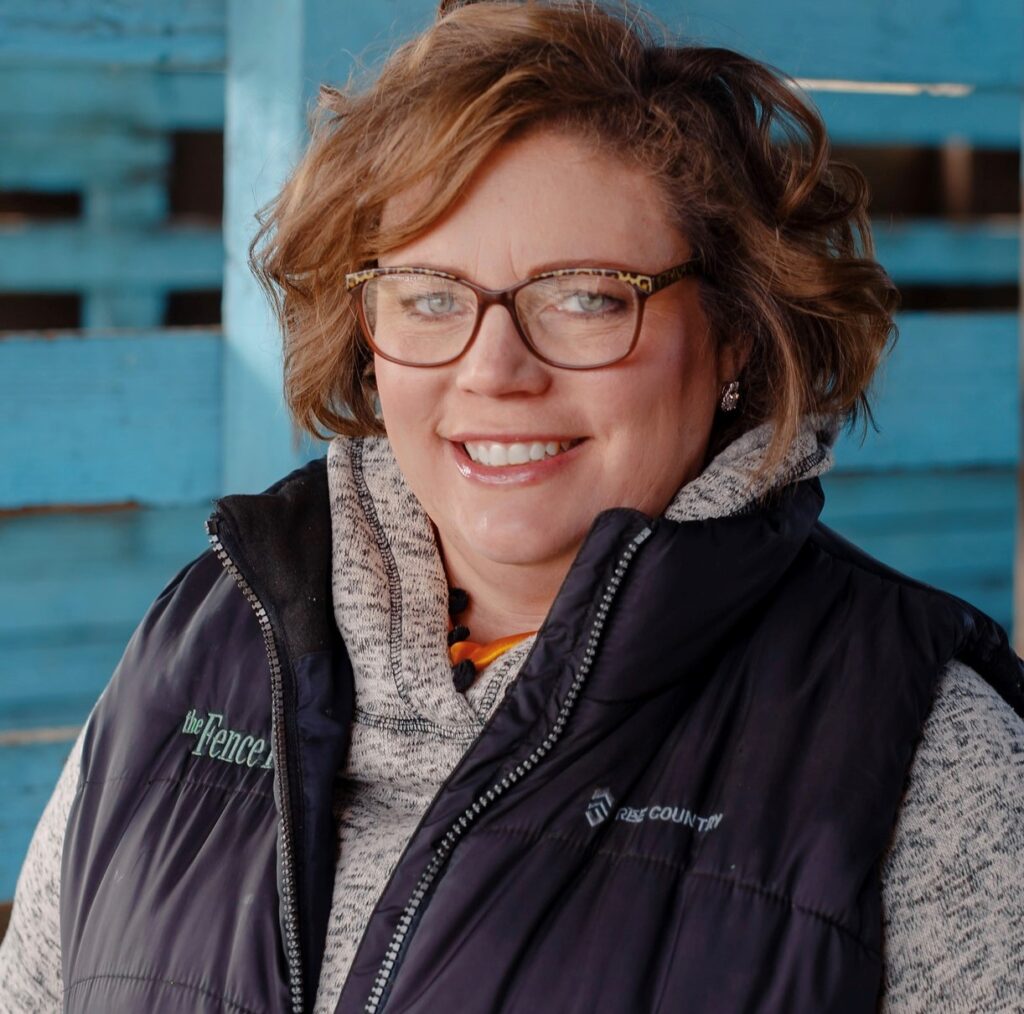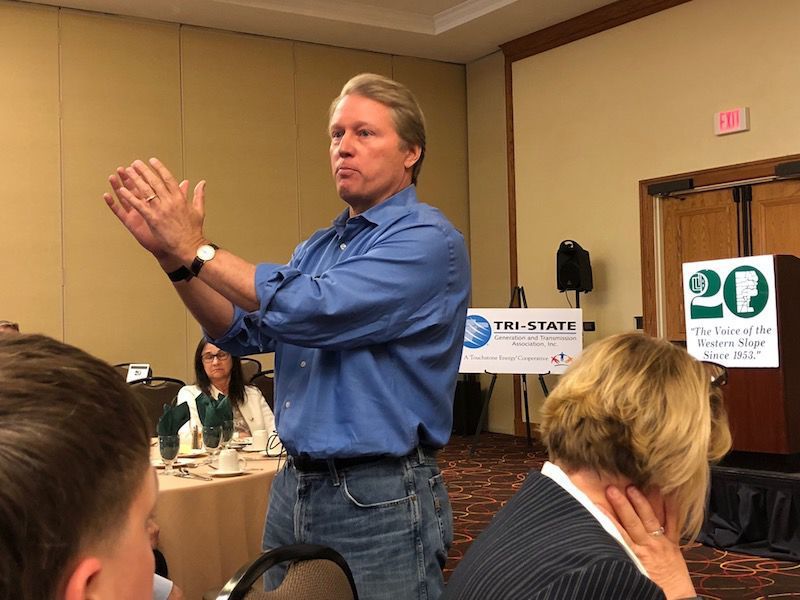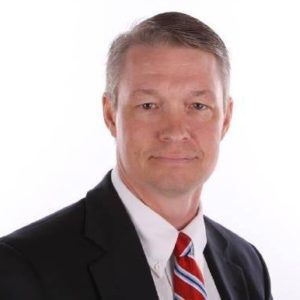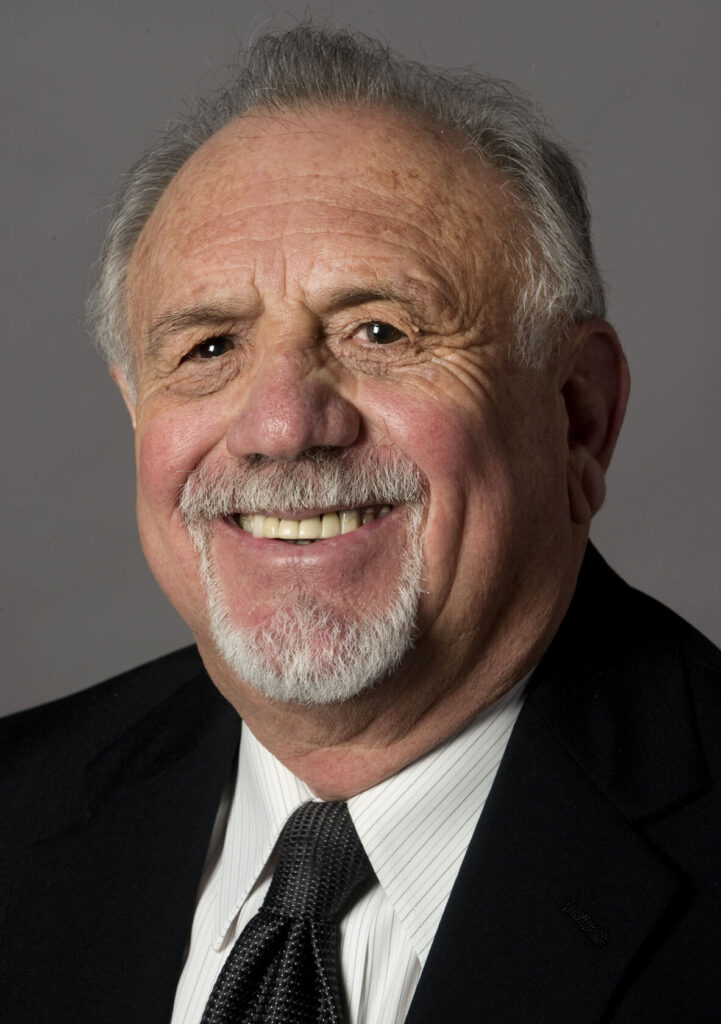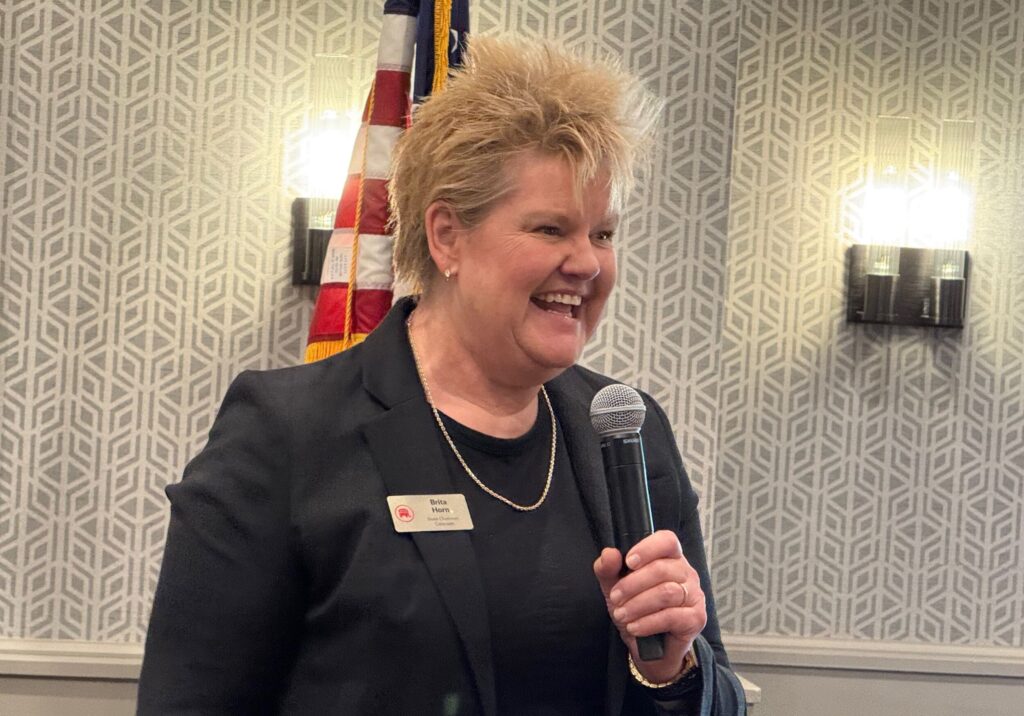NOONAN | State must improve oil well management
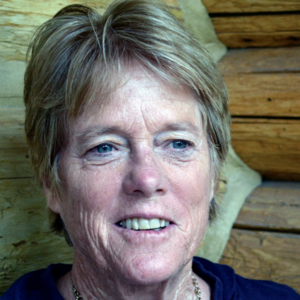

The sea change in policy the energy industry feared and citizens of Colorado expected from implementation of SB19-181 to Protect Public Welfare in connection with Oil and Gas Operations has turned into a dribble from a drain pipe. The minuscule flow of protective regulations relieves oil and gas operators but hugely frustrates citizens concerned with climate change, bad air and other deleterious pollution produced by drilling.
Here’s the latest: Since Gov. Jared Polis took office in 2018, 4,000 new wells have been permitted by the Colorado Oil and Gas Conservation Commission (COGCC). About 9,000 existing wells have been transferred from one entity to another. These transactions represent billions of dollars that may or may not pan out for the drillers and new owners who borrow from venture capitalists and banks to finance their operations.
The borrowings cover the cost of doing business through the end of production. Investors expect to get paid out with revenues from selling the oil and gas. They don’t care what happens to wells once their money is covered. That’s where the state must step in to ensure that oil and gas ventures can finish what they started, that is, that they can afford to shut down and clean up well sites.
Well plugging costs are going up. It used to be that wells were drilled vertically, straight down no more than 3,000 feet. Now wells are drilled much deeper with pipes pushing horizontally. The deeper and more complex the well, the more gunk that blows upward from the earth’s interior. The goop includes methane, radiation, radon, volatile organic chemicals and other nasty stuff that make people sick and the environment unhealthy.
The oil and gas industry is a perpetual-money roller coaster machine. The value of oil and gas goes way up then way down but is rarely steady. Right now prices are high, but in 2020 prices hit a low. With climate change, the future of the industry is predictable as electricity is produced more through renewables and auto companies move to battery-powered cars.
The COGCC, based on requirements of SB19-181, is updating its financial assurance requirements related to well plugging and has put out draft rules. It recently held hearings on the new rules and got an earful from the public. Individuals who testified object to the minor fixes built into the rules.
The new draft rules require a $10,000 assurance for wells under 3,000 feet deep and $20,000 assurance for wells more than 3,000 feet deep. Operators can provide blanket assurance at $100,000 for over 100 wells. For perspective, Occidental Petroleum, which has been under financial pressure, and Chevron have about 6,000 wells each in Colorado, so their blanket assurance comes to $100,000 each, total, or $16.66 per well.
To further perspective, North Dakota is using $66 million in CARE funds to plug 300 “orphan” wells to employ oil workers. That comes to an average of $220,000/well. But many of these “orphan” wells have solvent owners which means the state is subsidizing well plugs that should be the financial responsibility of their operators.
Now North Dakota landowners are in a fight with drillers over who should be paying for well closings. If the state continues to pick up the tab for plugging wells for companies that aren’t bankrupt, tax-paying property owners will get stuck with a bill that landowners assert is the responsibility of the energy industry.
Here in Colorado, the 9,000 wells transferred since 2018 from one owner to another represent $2.7 billion in plugging cost risk to Colorado’s taxpayers. That’s the difference between the assurance paid by energy companies and the estimated closing costs of the wells. Put another way, that’s an estimated $2.7 billion tab the energy industry will have to cover for well plugging and environmental remediation just in Colorado.
Let’s add the 4,000 new wells permitted since 2018 to the problem. That’s an additional $1.2 billion in well plugging risk. Only the state can ensure that the industry will have enough money to cover this cost in an era when oil and gas demand will inevitably head downward.
The COGCC is responsible for developing and implementing the state’s well plugging risk management strategy. So far, it’s a job not done.
Paula Noonan owns Colorado Capitol Watch, the state’s premier legislature tracking platform.


